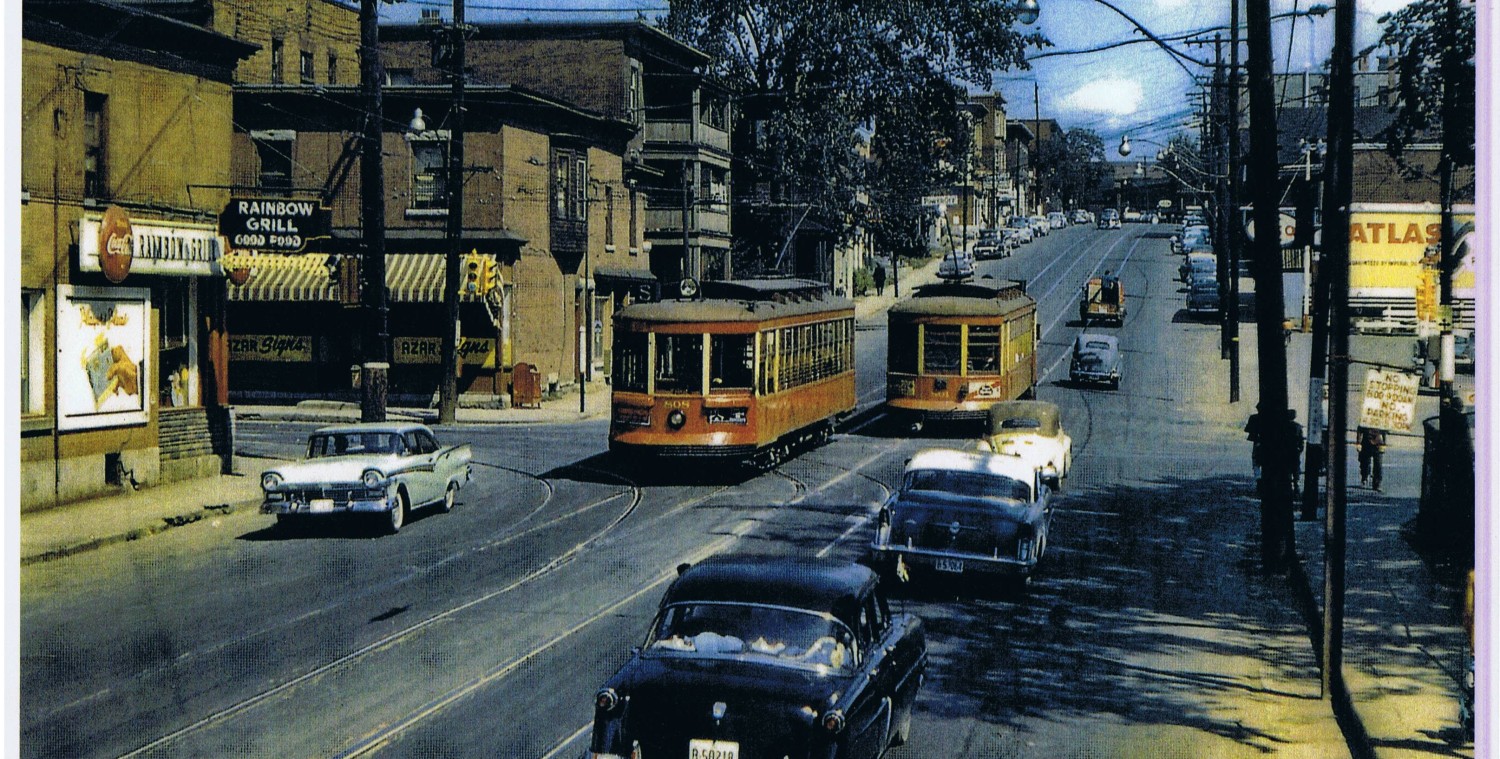My tree recognition ability runs to a half dozen tree types. I didn’t realize there were as many ash trees in the city until they all started dying. This parking lot behind Archives Canada is all ash trees, and no matter how you view it it’s a death bowl.
But it’s not just the ash trees. I see dead and dying trees everywhere. This oak tree is about 20 years old. There used to be a mate on the right side of the doorway, but it (the tree, not the door) died off six or seven years ago, and now it looks like the survivor is going to give up its carbon..
When I started regularly going to Boston, I was struck by the lushness of their forested wastelands on the urban periphery. But even in the city, the trees seem to thrive. The contrast to Ottawa was huge: our woodlands are full of dead trees.
I see dying trees everywhere in this city, but I sure didn’t see such ubiquitous deforestation when in London (On), Stratford, and other SW Ontario cities in May. But soon as I flew into Ottawa, the dead trees stick their sorry twigs into your eye. Same thing while in Europe in June: urban trees looked thriving, even in Europe’s way-more-polluted- than-Ottawa air. What is so awfully special about here?
After several years of thriving, the newly planted trees along Preston, with their large structural soil “pits” for their roots to room, are stressed and dying. Several at the Carling end are totally dead. With such a wet spring, it can’t be for lack of water. Maybe they can anticipate the re-widening of Preston to accomodate turn lanes into those new parking garages and are committing arboreal suicide …
Like the early signs of plague, pestilence, or impending war … I am increasingly uneasy about our greenery. And I’m sceptical our city will replant even half the replacement numbers. And those replacements are likely to be toy trees, destined for a short life.






Last summer’s drought did a real number to a lot of trees. Even in the Greenbelt well away from the roads there were many firs and spruce trees that dried up and died over last winter. The effect of a drought isn’t relieved right away, the trees that were stressed last year didn’t develop very many good buds that could survive the winter. They didn’t have the energy to vigorously put out new growth and so they started this spring from a standing start. Combine drought with the stresses put on trees from pollution and human impacts and it isn’t a wonder that a lot of urban trees are not doing well.
Yes, even by early August last year you could see a lot of trees, in a lot of situations, of a lot of different species, weren’t gonna make it. It’s the same way out of town, too.
maybe salt? we use alot on roads, sidewalks and in front of buildings.
@dfg: But urban trees everywhere are subject to those kinds of stresses yet, according to Eric, we seem to have noticeably more die-off here. I think tz is closer to the truth: we use obscene quantities of salt in this town (sometimes to melt snow away vs. sweeping/shoveling/ploughing) and the rate is going up as climate change messes with winter weather patterns (more thawing & freezing cycles).
The tree die-off is happening on parkland, it’s happening down by the river, it’s happening out in the real woods. There is no connection to salt usage, though, yes, we use way too much of the damn stuff. It’s also a good part of the reason why Ottawa’s slushy excuse of a “winter” feels so much colder than a real, northern winter.
I recommend reading “The dying of the trees” by Charles E. Little.
It is happening everywhere on this continent, we are massively loosing our green canopy of trees, here too in my beloved Kootenays.
My suggestion is to keep at it, planting trees!
Mara Wolf